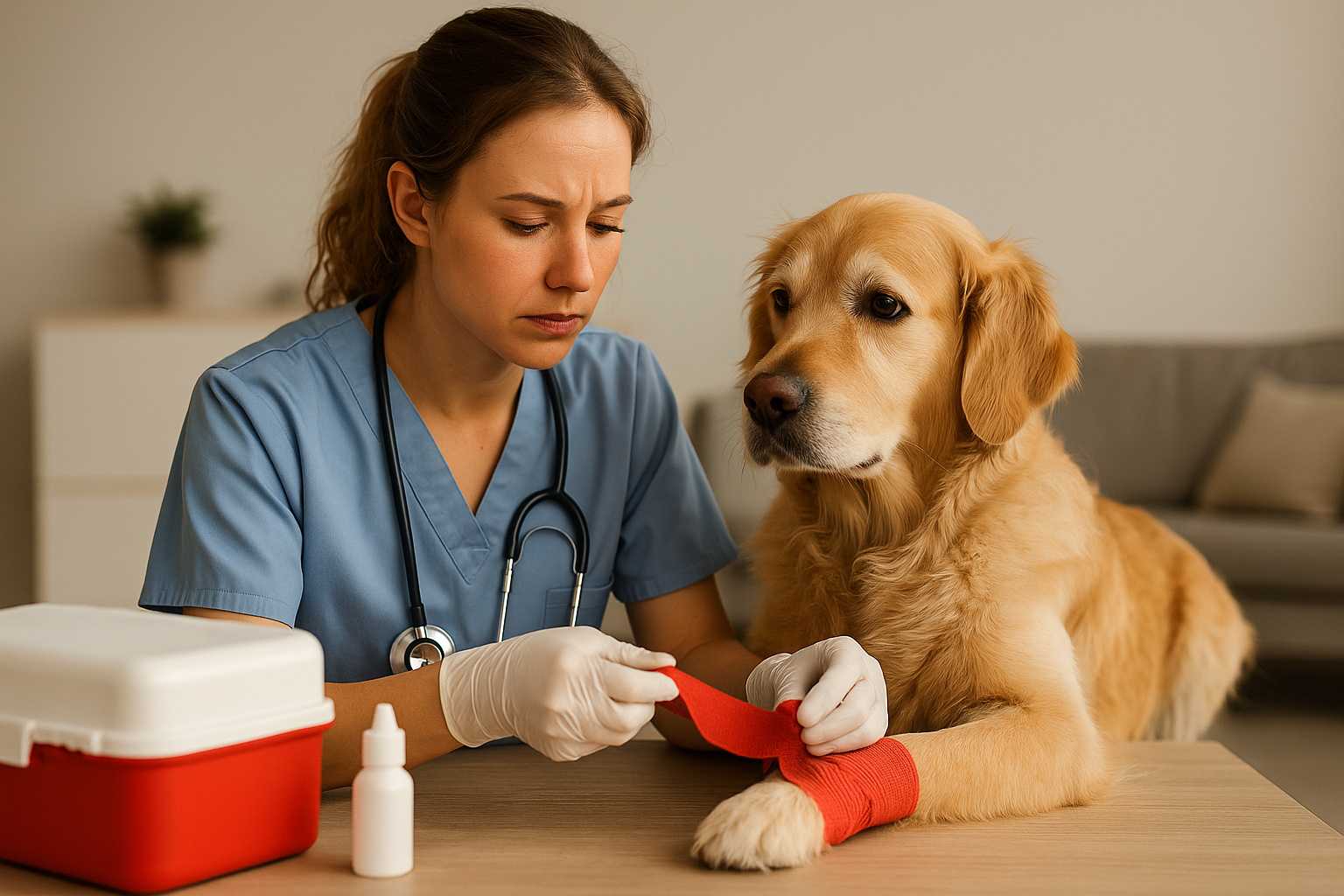Accidents and emergencies don’t just happen to people—they happen to pets, too. Whether it’s a cut paw, sudden illness, or heatstroke, knowing how to respond swiftly can mean the difference between life and death for your furry companion. Having basic first aid knowledge empowers you to stay calm and take immediate action before veterinary help is available. Here’s a comprehensive guide to the most critical first aid measures every pet owner should have in their toolkit.
1. Know the Signs of a Pet Emergency
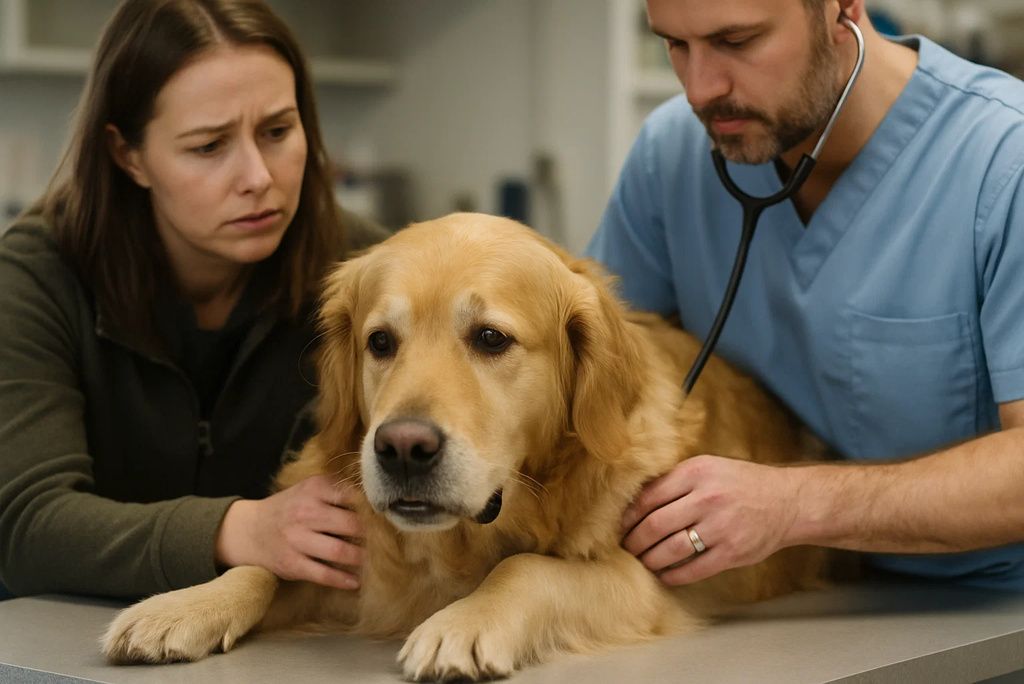
Recognising symptoms of distress early can prevent a minor issue from becoming serious. Signs include excessive bleeding, difficulty breathing, seizures, pale gums, unresponsiveness, or a bloated abdomen. For example, gastric torsion (bloat) in dogs can become fatal within hours without intervention.
Cats, on the other hand, may hide when unwell, making subtle signs—like sudden lethargy or loss of appetite—critical to notice. Always keep emergency vet contacts accessible. The American Veterinary Medical Association (AVMA) outlines symptoms requiring urgent care. Quick action and knowing when something is truly wrong can be the key to saving your pet’s life.
2. Create a Pet First Aid Kit

Every household should have a dedicated pet first aid kit. Include essentials like gauze, adhesive tape, a digital thermometer, hydrogen peroxide (for inducing vomiting if instructed by a vet), tweezers, and antiseptic wipes. Tailor the kit based on your pet’s specific needs, like antihistamines for pets with allergies. You can purchase a pre-made kit or build your own using checklists provided by the Red Cross. Keep the kit somewhere accessible and regularly check the expiration dates of the included items.
3. Stop Bleeding Safely
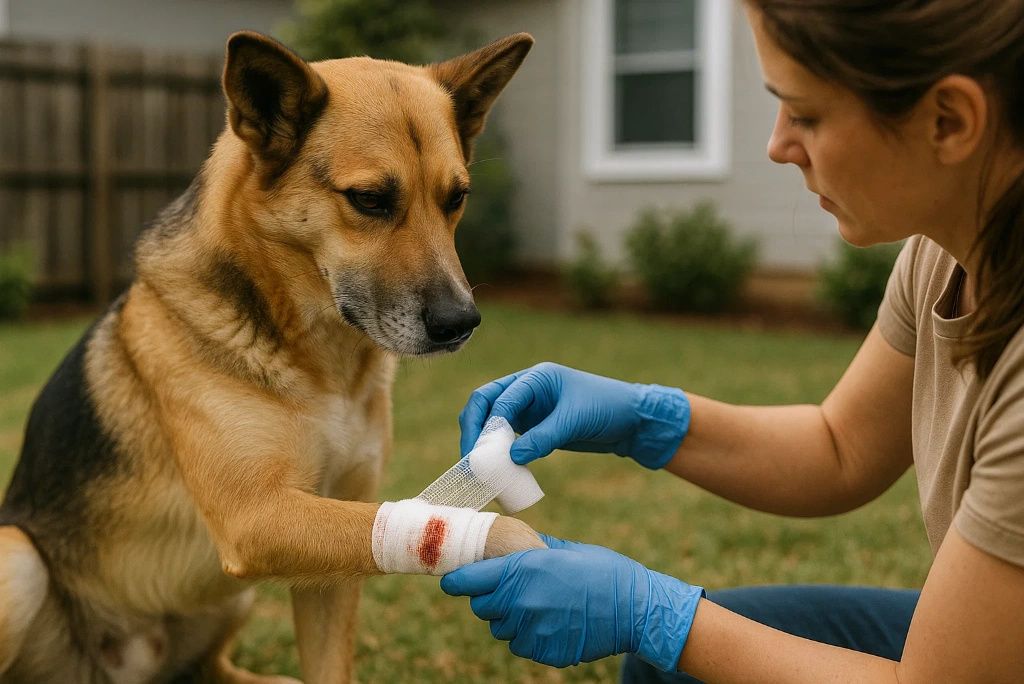
For bleeding wounds, apply direct pressure with a clean cloth or sterile gauze for at least 5–10 minutes. Elevate the injured area if possible. Avoid using tourniquets unless absolutely necessary, as they can cause tissue damage. If the bleeding doesn’t stop or is pulsatile (which may indicate an artery), seek emergency care. Bleeding from the nose, ears, or mouth also warrants prompt evaluation, as internal trauma might be involved. Keep calm and minimise movement to reduce further blood loss until veterinary help is secured.
4. Handle Broken Bones with Care
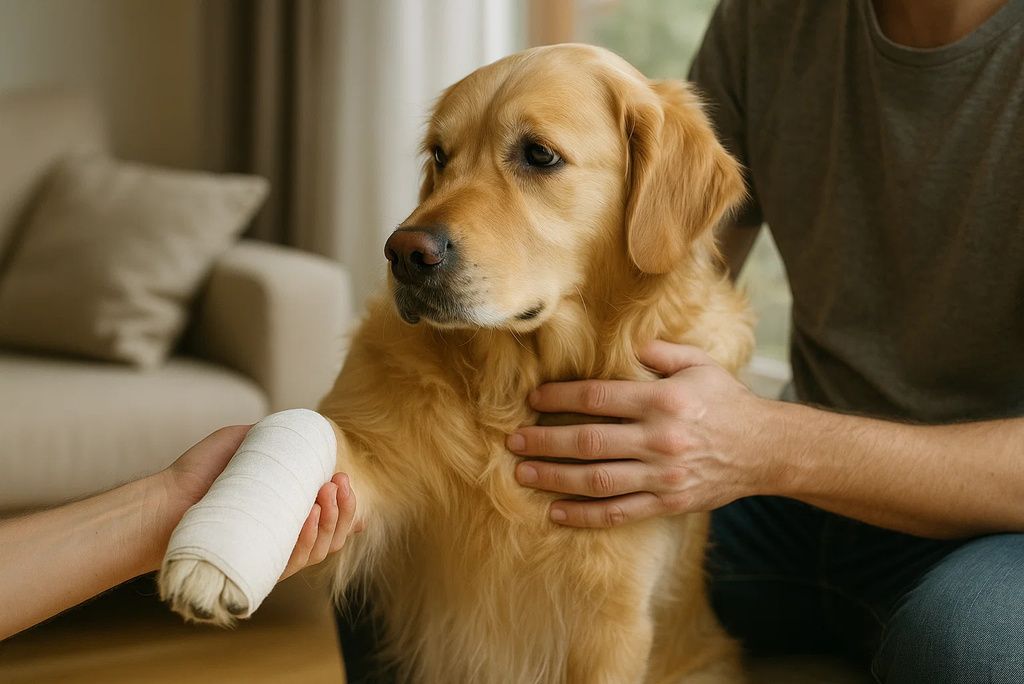
If your pet has a suspected fracture, minimise movement. Use a towel or blanket to stabilise them and transport them in a carrier or box. Never attempt to set the bone yourself. Splinting improperly can worsen the injury. Keep your pet calm and avoid touching the injured area more than necessary. X-rays at a vet clinic are essential to confirm breaks and plan treatment. PetMD offers more insight on managing pet fractures. A calm demeanour and gentle handling help reduce pain and avoid making the injury worse.
5. Treat Burns Promptly
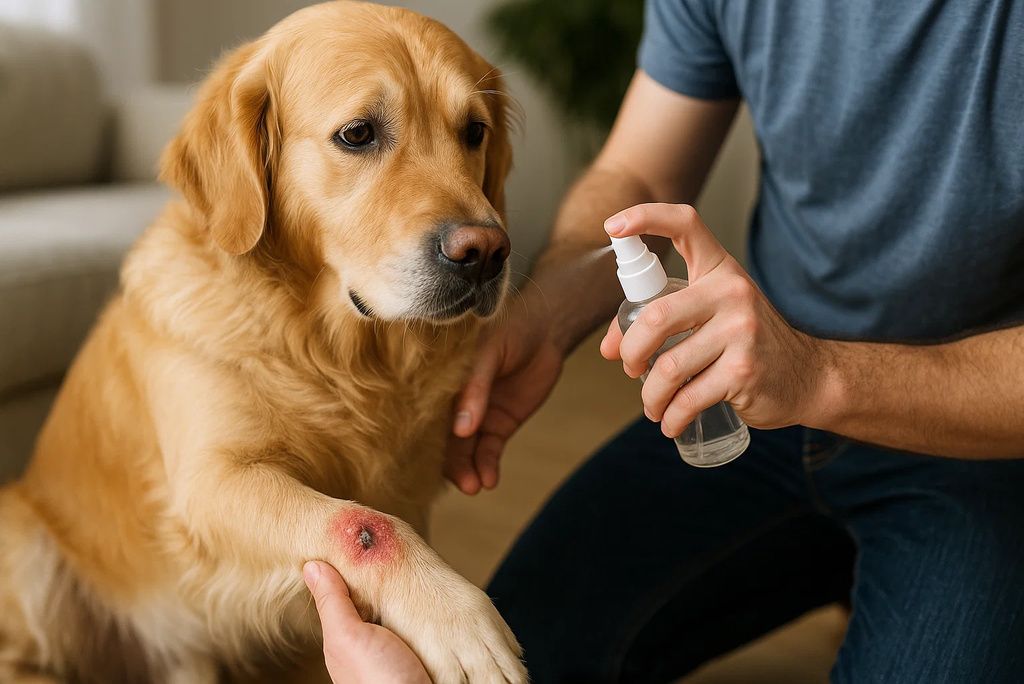
Burns can occur from hot surfaces, electrical cords, or chemicals. For thermal burns, flush the area with cool (not cold) water for at least 5 minutes. Do not apply ice or butter. Cover the burn with a clean, non-stick bandage. Chemical burns require immediate rinsing with large volumes of water. Seek vet care urgently—burns are extremely painful and prone to infection. Keeping pets away from heat sources and hazardous materials is your first line of defence.
6. Respond to Heatstroke
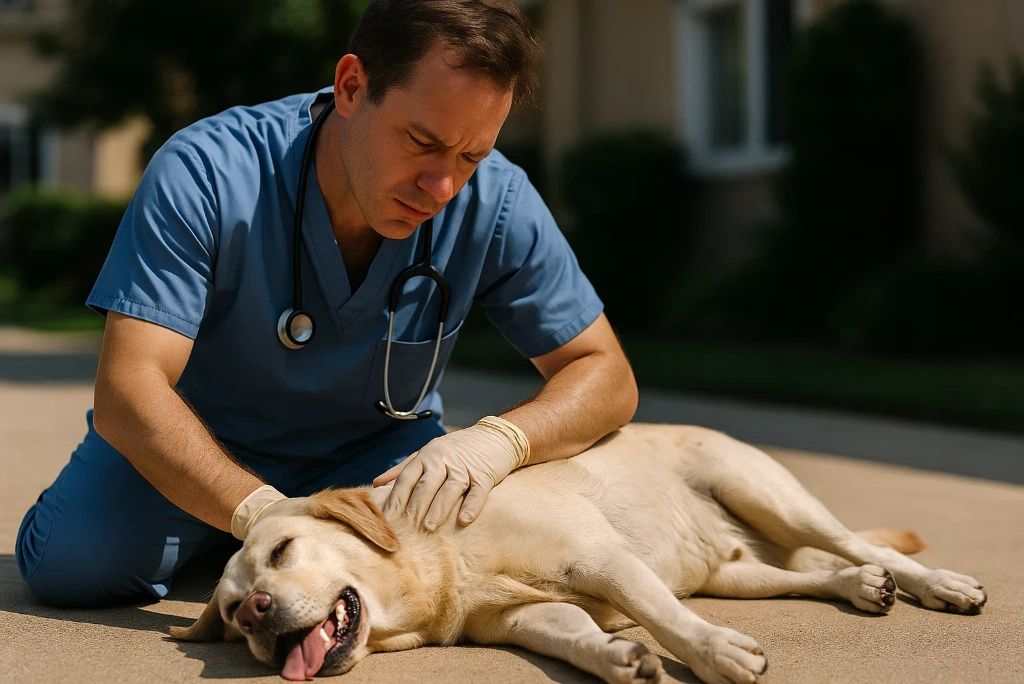
Pets can overheat quickly, especially brachycephalic breeds like Bulldogs or Pugs. Signs of heatstroke include heavy panting, drooling, vomiting, and collapse. Move your pet to a shaded area, apply cool, wet towels to the neck and underarms, and offer small amounts of water. Never immerse yourself in ice water, which can cause shock. Seek immediate veterinary attention. Learn more from the American Kennel Club. Avoid hot cars and outdoor activities during peak heat to prevent this dangerous condition.
7. Deal with Poisoning
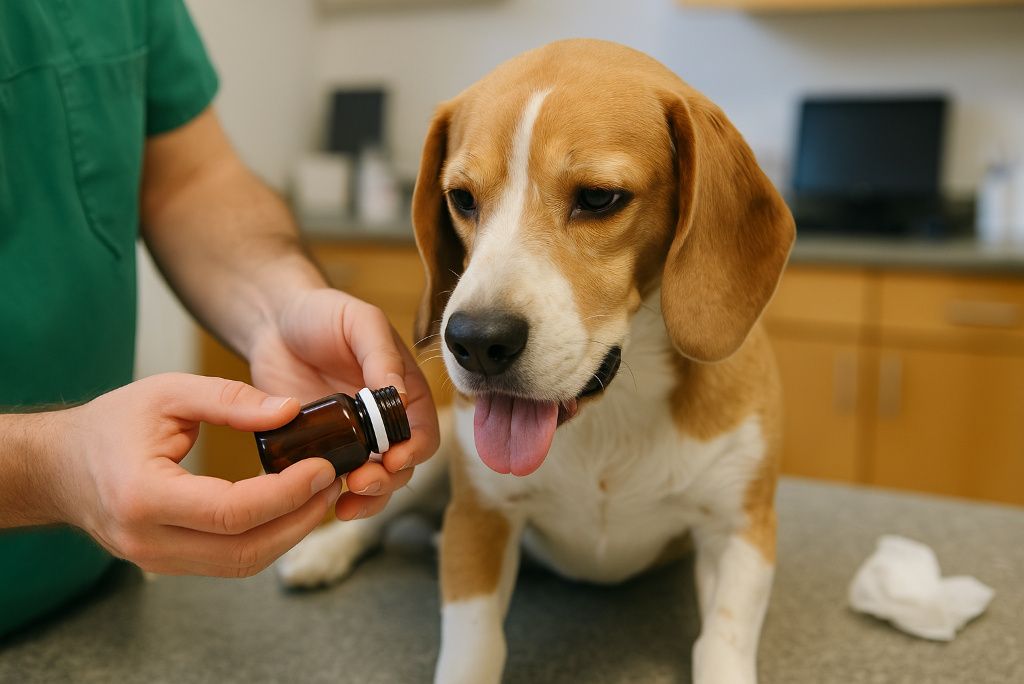
Common household toxins include chocolate, xylitol, antifreeze, and some houseplants. If you suspect poisoning, do not induce vomiting unless instructed by a professional. Call the ASPCA Poison Control Center or your vet immediately. Have product packaging or a sample of the substance ready for reference. Symptoms may include drooling, seizures, or sudden weakness. Fast, informed action can mean the difference between recovery and tragedy.
8. Remove Foreign Objects
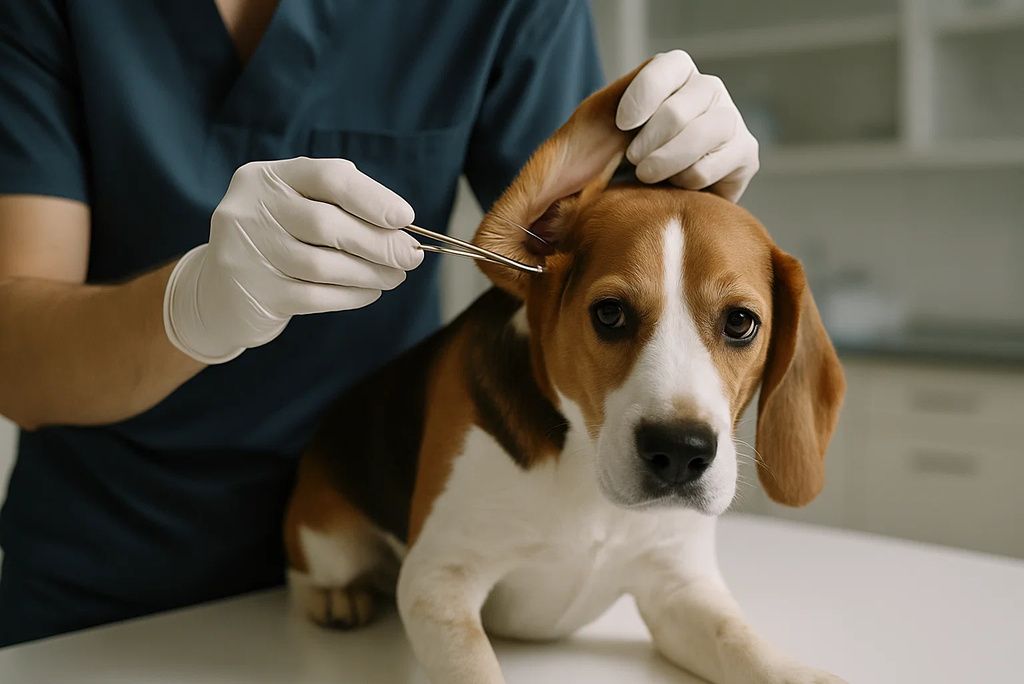
Pets may get objects stuck in their paws, eyes, or throats. Use tweezers to gently remove visible splinters from paws, but if the object is deeply embedded, do not attempt to dig it out. If choking, carefully open the mouth and look—but don’t blindly probe. For suspected obstructions or choking without resolution, apply pet-appropriate Heimlich manoeuvres. Veterinary intervention is still necessary. Prevention is best—keep small and sharp items out of pets’ reach.
9. Manage Seizures Safely
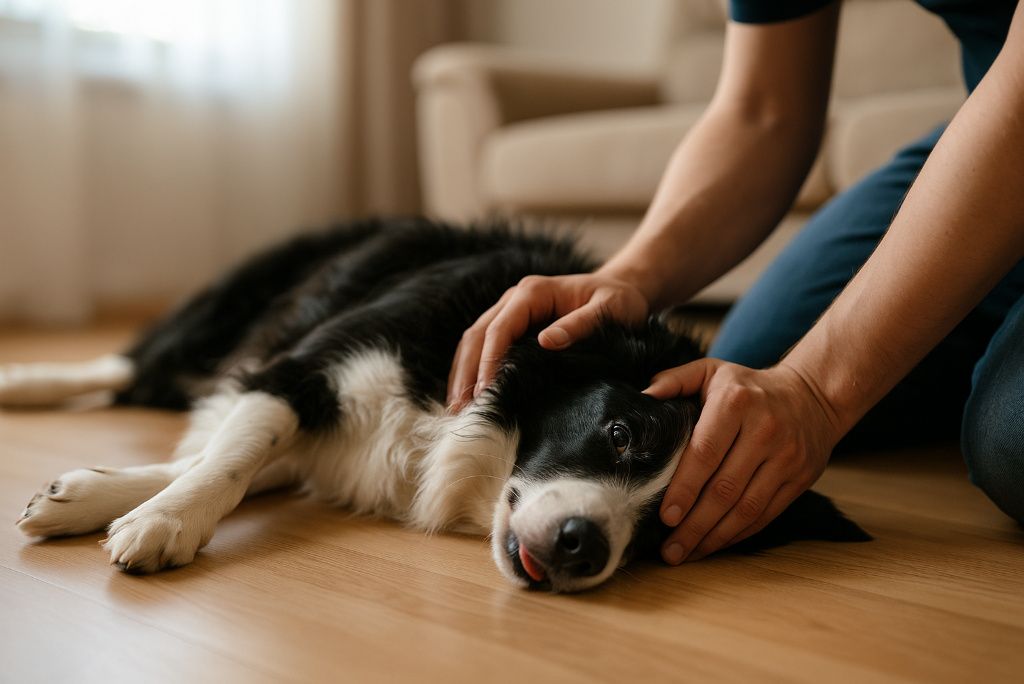
If your pet has a seizure, stay calm. Clear the area of objects that could cause injury. Do not touch their mouth—contrary to myth, they won’t swallow their tongue. Time the seizure, and once it ends, keep them warm and quiet. Seizures lasting more than 5 minutes or occurring in clusters require emergency treatment. Keep a log of any seizure events and consult your vet about follow-up care.
10. Monitor Breathing and Heartbeat
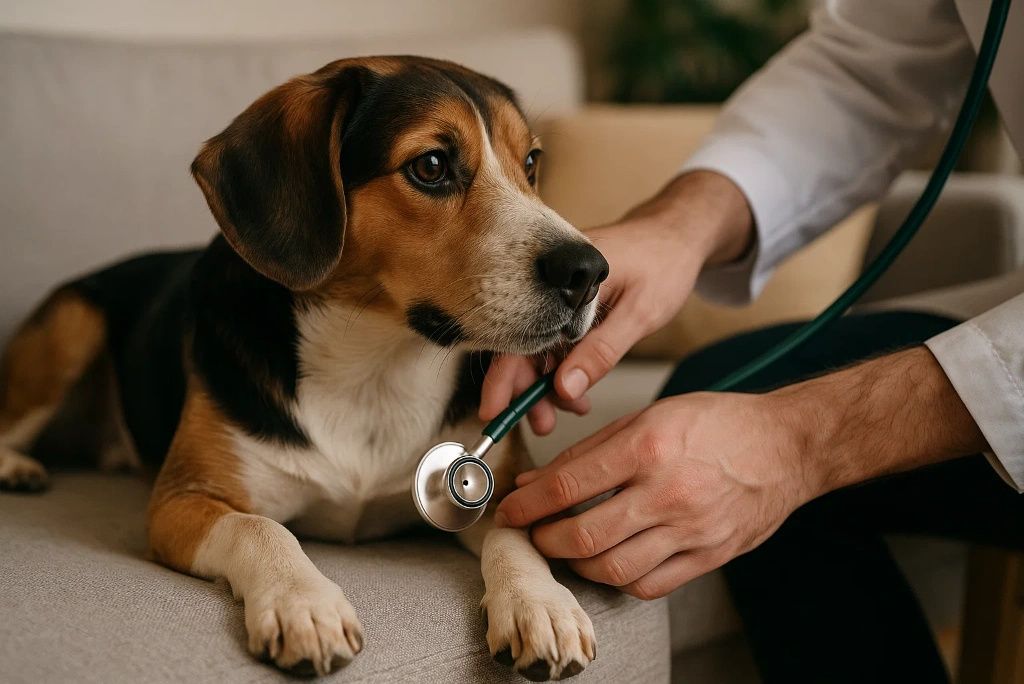
In respiratory emergencies, check if your pet is breathing by placing your hand near their nose or watching for chest movements. For CPR, lay the pet on its side, compress the chest (100–120 compressions per minute), and give rescue breaths (every 30 compressions). Only attempt if trained—improper technique can cause harm. The Red Cross Pet First Aid App includes guided instructions. Training in pet CPR and first aid is invaluable in saving lives.
11. Handle Hypothermia Correctly
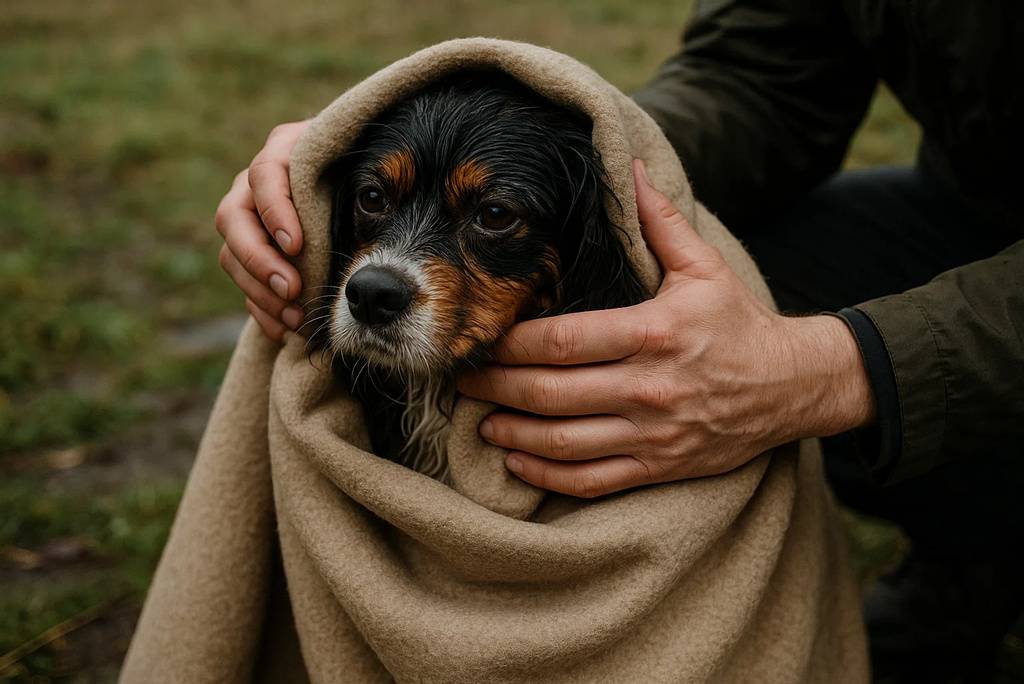
Cold weather or wet exposure can cause hypothermia. Signs include shivering, lethargy, and pale gums. Wrap the pet in warm blankets and move to a heated area. Use hot water bottles wrapped in towels, but avoid direct contact with skin. Rewarming must be gradual—rapid heating can trigger arrhythmias. Continue monitoring and seek veterinary care. Cornell University offers insights on the safe handling of cold-exposed pets. Ensure pets are dry and warm after outdoor exposure during colder months.
12. Address Eye Injuries
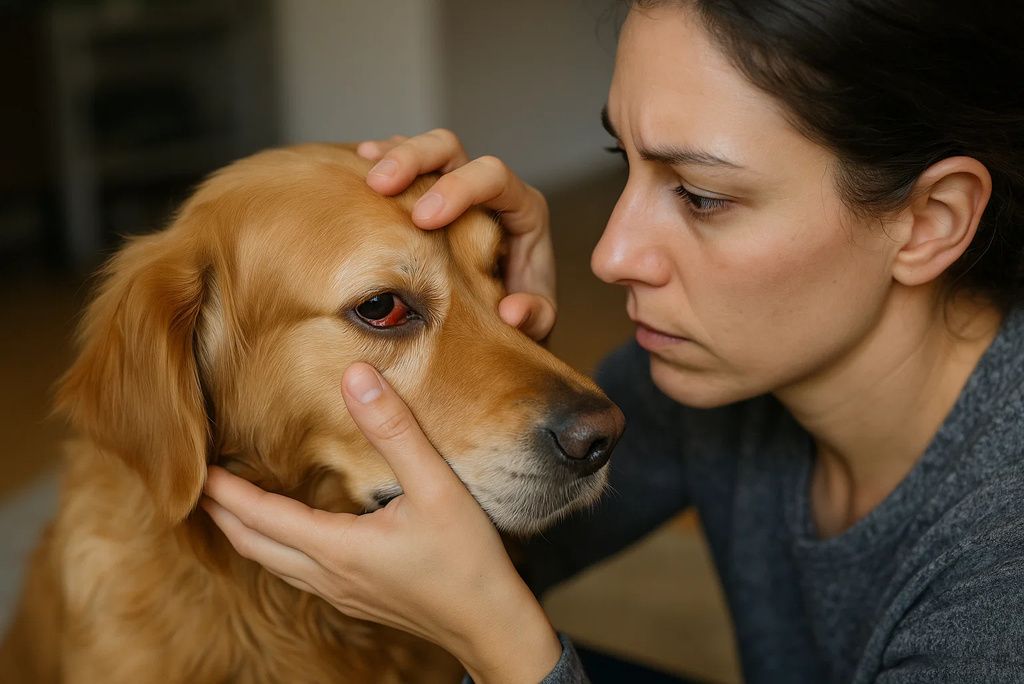
Pets are prone to eye trauma from rough play, chemicals, or foreign bodies. Signs include squinting, redness, or discharge. Flush with saline if a foreign object is visible, but avoid touching the eye directly. Never use human eye drops. Eye injuries can deteriorate rapidly and affect vision; prompt veterinary evaluation is crucial. Acting quickly improves your pet’s chances of full recovery and preserved vision.
13. Stabilize After a Fall or Accident

If your pet falls from a height or is hit by a vehicle, even if they appear fine, internal injuries are possible. Use a board or a thick towel to move them gently, supporting the spine. Look for signs like limping, breathing changes, or swelling. Don’t let them walk it off—get veterinary imaging. Immediate, cautious handling improves outcomes. Learn more at PetHealthNetwork.Being cautious instead of dismissive can catch hidden injuries early.
14. Safely Muzzle When Necessary

Injured pets may bite out of pain or fear, even if they’re normally docile. Using a soft muzzle or gauze strip around the snout helps you examine or treat them safely. Never muzzle the pet if it is vomiting, choking, or having trouble breathing. Learn proper technique to avoid causing distress. Safety for both you and your pet is paramount in high-stress situations.
15. Stay Prepared with Emergency Contacts

Post emergency numbers—like your vet, the nearest 24-hour animal hospital, and poison control—somewhere visible. Add them to your phone, too. Practice mock drills and ensure other family members know where the pet first aid kit is and how to use it. Some areas also offer pet first aid training through local shelters or the Red Cross. Being prepared saves lives. Preparation and communication reduce panic and speed up emergency responses.
Disclaimer: This article provides general information about pet first aid and is not a substitute for professional veterinary care. Always consult a licensed veterinarian for diagnosis and treatment of any medical condition

